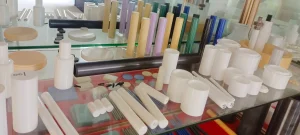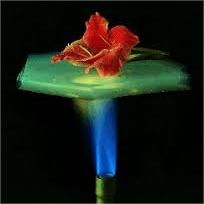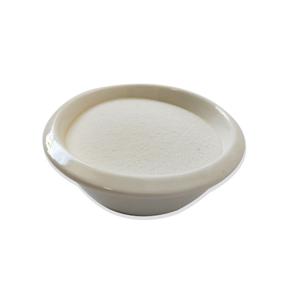Professional industry ceramic supplier, silicon nitride, silicon carbide, aluminum nitride and any other kinds of ceramics.
1. Introduction
Imagine a pot so tough it laughs in the face of molten metal. That’s not fantasy—that’s a silicon carbide crucible. While your grandma’s casserole dish might crack under a broiler, this ceramic warrior thrives at 1,600°C (2,912°F) like it’s sunbathing. Welcome to the wild, heat-resistant world of silicon carbide.
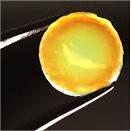
Silicon carbide (SiC) isn’t just for crucibles—it’s the backbone of advanced ceramics used everywhere from aerospace to artisanal baking dishes. But today, we’re zeroing in on its most heroic form: the silicon carbide crucible.
2. What Is a Silicon Carbide Crucible?
A silicon carbide crucible is a container made from silicon carbide ceramic, engineered to hold and melt metals, glass, or other materials at extreme temperatures. Unlike your average ceramic bowl (yes, even that fancy silicon carbide ceramic dinner plate), these crucibles are built for industrial survival.
Thanks to SiC’s insane thermal conductivity, low thermal expansion, and resistance to thermal shock, these crucibles won’t crack when you dump in molten aluminum or copper. They’re the Navy SEALs of the lab and foundry world.
3. Why Silicon Carbide? The Superpowers Explained
Silicon carbide is a superstar in the advanced ceramics universe. It’s harder than most metals, conducts heat like a champ, and scoffs at corrosion. Compare that to alumina (Al2O3) or zirconia crucibles—both great, but neither matches SiC’s combo of strength and thermal performance.
And let’s talk about boron carbide vs silicon carbide. Boron carbide (B4C) is harder—great for armor—but it’s brittle and expensive. SiC offers better toughness, easier manufacturing, and wider availability. For crucibles? SiC wins by a landslide.
4. Beyond the Crucible: Silicon Carbide’s Extended Family
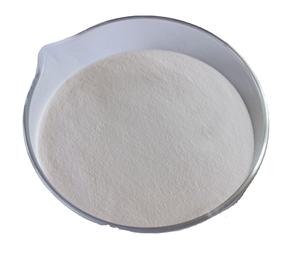
Silicon carbide doesn’t stop at crucibles. This material moonlights in dozens of high-performance roles:
- silicon carbide ceramic tiles for kiln linings
- rbsic silicon carbide tile blocks for structural support
- silicon carbide ceramic columns and rings for filtration
- silicon carbide burner nozzles that won’t melt mid-flame
- silicon carbide brick for refractory walls
- silicon carbide tubes for thermocouple protection and furnace use
- even silicon carbide ceramic baking dishes (yes, really—though your casserole probably doesn’t need 1,400°C).
Fun fact: You can find silicon carbide ceramic pie dishes, butter dishes with lids, and black ceramic plates marketed as ‘silicon carbide dinnerware.’ While these may contain SiC for durability or aesthetics, they’re not the same as industrial-grade crucibles—so don’t try melting gold in your silicon carbide ceramic casserole dish with lid.
5. Silicon Nitride: The Cool Cousin
Enter silicon nitride (Si3N4)—another advanced ceramic with its own fan club. Silicon nitride crucibles, rings, plates, and custom heat shields offer excellent thermal shock resistance and mechanical strength, often used in high-precision applications like semiconductor manufacturing.
But here’s the twist: silicon nitride is tougher in tension, while silicon carbide wins in thermal conductivity and hardness. They’re like siblings—one’s the sprinter, the other’s the marathoner.
If you’re sourcing from a silicon nitride crucible factory, you’re likely in a niche field needing ultra-pure, high-strength components. Meanwhile, silicon carbide remains the go-to for cost-effective, high-heat bulk applications.

6. Industrial vs. Domestic: Don’t Mix Them Up
Let’s clear the air: that ‘silicon carbide ceramic baking tray’ you saw online? Probably just ceramic cookware with a marketing boost. Real silicon carbide crucibles are dense, sintered, and engineered—not hand-thrown on a pottery wheel.
True industrial silicon carbide items include:
- silicon carbide grinding discs for cutting stone
- silicon carbide ceramic pipes for corrosive fluid handling
- silicon carbide porous tubes for filtration
- silicon carbide disc taps for plumbing (yes, ceramic valves exist!)
Meanwhile, ‘silicon carbide white ceramic plates’ or ‘christmas plates ceramic’ are decorative or functional tableware that may use SiC as a minor additive for chip resistance—not for melting steel.
7. How Are These Crucibles Made?
Silicon carbide crucibles are typically made through processes like reaction bonding (RBSiC), sintering, or nitride bonding. Raw SiC powder is shaped, then fired at extreme temperatures—sometimes with additives like silicon or carbon—to create a dense, robust structure.
The result? A crucible that won’t warp, crack, or contaminate your melt. It’s ceramics, but dialed up to eleven.
8. Conclusion
From molten metal foundries to high-end kitchenware (sort of), silicon carbide proves its versatility daily. But when it comes to serious high-temperature work, the silicon carbide crucible reigns supreme—outperforming alumina, zirconia, and even its flashy cousin silicon nitride in many scenarios.
So next time you see ‘silicon carbide ceramic salad bowl’ on a shopping site, smile—but remember: real SiC heroes are quietly holding molten metal in labs and factories worldwide. And they’re not asking for a standing ovation… just a little respect (and maybe a cooldown period).
Our Website founded on October 17, 2012, is a high-tech enterprise committed to the research and development, production, processing, sales and technical services of ceramic relative materials such as Silicon. Our products includes but not limited to Boron Carbide Ceramic Products, Boron Nitride Ceramic Products, Silicon Carbide Ceramic Products, Silicon Nitride Ceramic Products, Zirconium Dioxide Ceramic Products, etc. If you are interested, please feel free to contact us.


